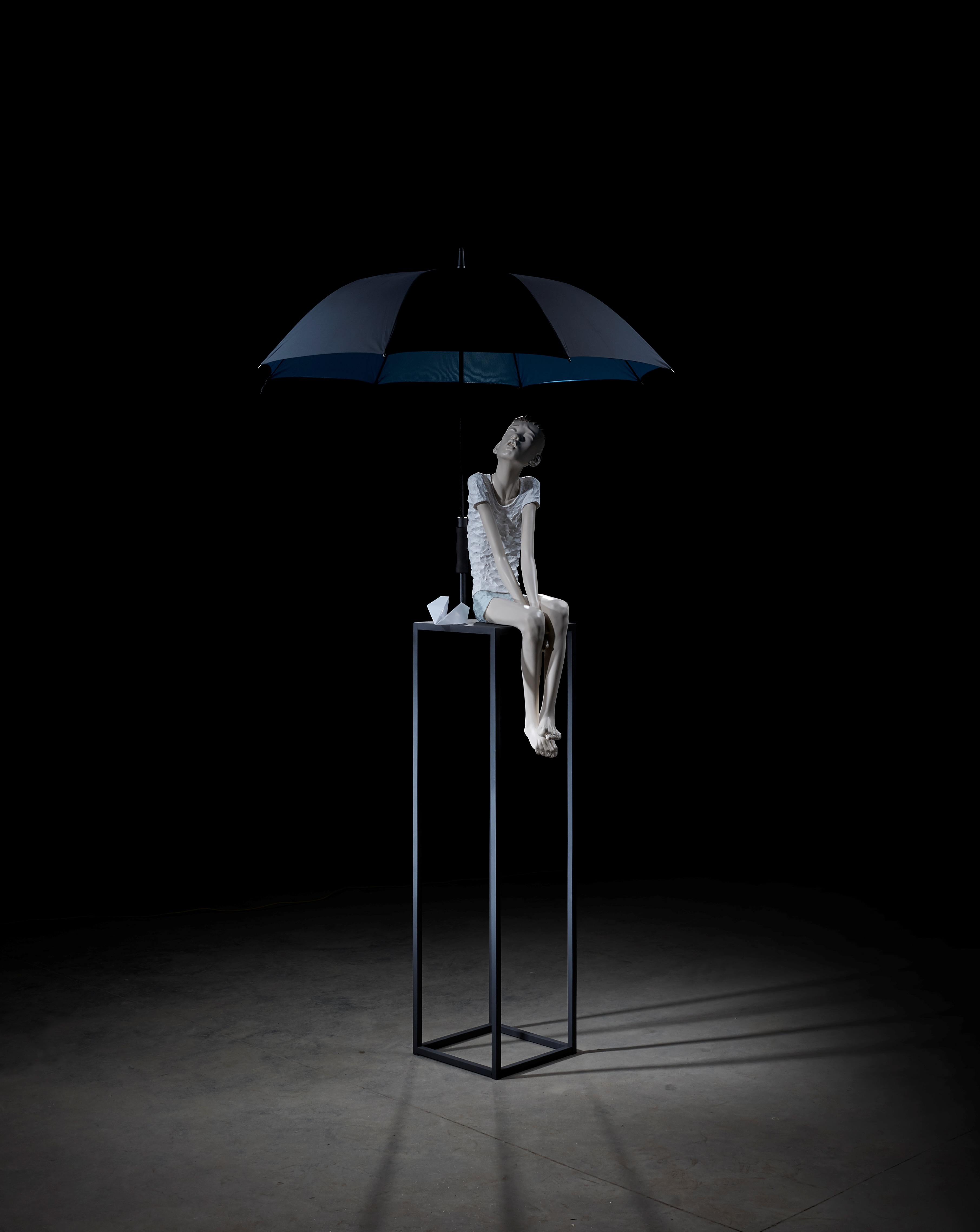Artistic synthesis of rubber
Coarse black rubber produced on a large scale, the pride of the Soviet Union, has today formed layers of archaeological seasoned things — dusty tires which have covered billions of kilometres and worn-out "galosh" overshoes
One of the well-known populariser of artistic qualities of synthetic rubber is Petr Beliy, who has given the city the gift of «the garden of rubber stones» . Like Schliemann, who has uncovered Troy to the world, Beliy was able to demonstrate the inherent calisthenics of rubber rags, found amongst the ruins of the «Red triangle» , the largest manufacturer of galoshes and rubber boots. Beliy's semi-abstract synthetic rubber sculptures are symbolic images of oiled rags and folded flags and seemingly offer evidence of the sad surrender of the great Soviet industry.
Contemporary designers from the «Professors» group, working in the era of decline of synthetic rubber have found no other use for the material other than manufacture of miniature bijouterie, ironically labelled by them as «fake jewels". But there's a huge living memory of the material even in this neat work — fake jewels are as simple and brutal as a pair of galoshes.
Young artists prefer to work with chewing gum and other derivatives of synthetic rubber, such as silicone, bright latex and materials that are close to the human body from early childhood, yet ones that are disposed to harping on of the sexual theme, be it a rubber ducky or an anthropomorphic sex object.
The work of Alexander Tsikarishvili «bubble gum dogs» brings up the theme of junk material and existential abandonment of living creatures in the world — comparing unwanted stray dogs to the gum spat out by passers by
The sculptor Konstantin Novikov is one of the few who refused the pathos of secondary material, giving synthetic rubber a new life, new form and even a voice. Novikov has moulded a rubber bell, an absurd artefact of the new era – a silent alarm, first introduced under the title «The Voice» at an exhibition of young talents at Lake Seliger in 2009. There, smiling and squinting because of the sun, the Russian President Dmitry Medvedev rang the bell — as one would have expected, no sound followed.




























